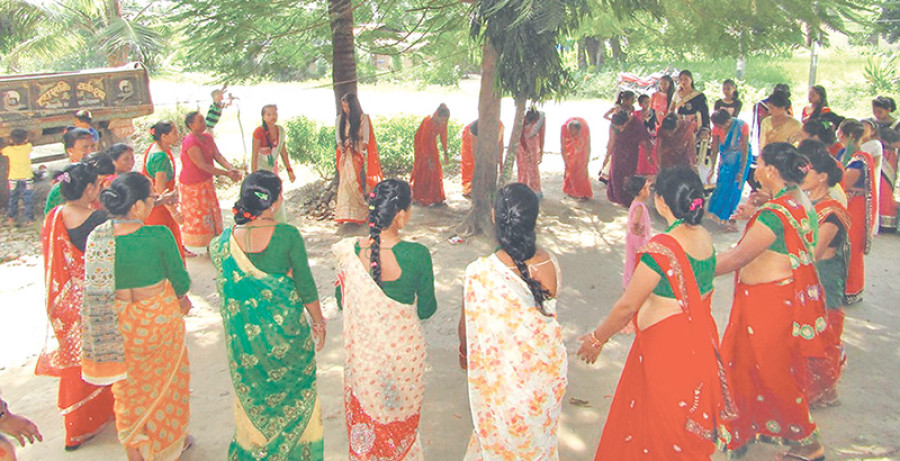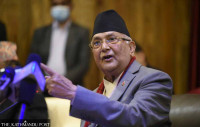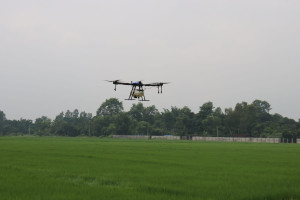Opinion
Jitiya joys
Tarai’s Jitiya festival promotes culture and unites communities
The Jitiya festival is among the most celebrated festivals in Maithili culture. This festival is known to people by several names—Khar Jitiya, Jiwit Putra Brat, Jimutabahan Puja, to name a few. Regardless of the name of the festival, ritual performances are often observed in similar ways. This festival is celebrated for three days, according to the lunar Hindu calendar. It begins from the seventh day (Saptami) of the dark half of the lunar fortnight (Krishanpaksha) till the ninth day (Nawami) of the Nepali month of Ashoj. The festival, mainly observed by mothers or married women, is observed with the belief that it will bring prosperity, long life and success to their children, family members and society.
Unlike other Maithili festivals, people don’t prepare any special dishes for Jitiya. While it might be considered less grander than other festivals, observing Jitiya can be tough for devotees. On the first day (Saptami) of the festival, devotees take a holy bath in rivers and ponds. They then apply mustard oil and a seed of oil (khari) on sponge leaves and float them on the water as offering to deity Jimutabahan. Some mustard oil is brought back home as prasad, which is then put on one’s forehead as a blessing. Later on the same day, women eat a special meal, of fish and millet bread, which adds to the uniqueness of the festival.
On the midnight of the seventh day, people clean their homes and prepare decorated markings with boiled rice flour in their homes. Moreover, beaten rice, curd, aamot, coarse brown sugar, along with fruits and incense sticks are put on sponge leaves and offered to different gods and goddesses, and ancestors. After distributing prasad, women eat something and prepare for their fasts. On the second day (Ashtami), women fast the whole day without even consuming a single drop of water.
This festival is observed with the belief that it brings good health and long life to children. On the eighth day, women go to the temple to worship and listen to stories associated with the goddess Jimutabahan.
One popular story revolves around an eagle and a fox, who had differing approaches to their fasting routine. While both friends prepared all the required materials for the celebration, the fox found it quite challenging to keep her fast.
So, when she approached her friend about her troubles, the eagle advised her to control her behaviour and direct all her focus on holding her fast for the day of Jitiya. However, the fox did not follow the eagle’s advice.
Later in the day, after spotting a funeral procession near the jungle, the fox eventually succumbed to her hunger and ate the corpse before it could be burned.
The next morning, as part of the ritual, they both took a bath and performed the concluding ritual activities associated with Jitiya.
After a few years, the eagle and the fox were reincarnated as humans. The eagle became a queen of a kingdom, with seven healthy children, and the fox became a wife of a minister but was not able to conceive. During a visit to her friend’s house, the queen asked the minister’s wife how she was able to have several healthy children without facing any difficulties.
The minister’s wife responded by highlighting how she had been engaging in Jitiya fasts with a pure mind and heart as she understood the value of it.
This caused the queen to reflect on her previous fasts. After considering her past mistakes, she decided to observe future fasts and rituals with full dedication. After a few years, she was able to have children. Stories such as the tale of the fox and the eagle play an important role in encouraging community members to keep their faith and maintain their fasts.
Festivals such as Jitiya are vital in promoting a sense of community in the Maithili culture, for they support and protect the Maithili people’s identity, culture, traditions and norms. Because of these celebrations and performances, new generations get opportunities to engage with old traditions. This festival, in many ways, uniquely ties families across generations.




 14.12°C Kathmandu
14.12°C Kathmandu









